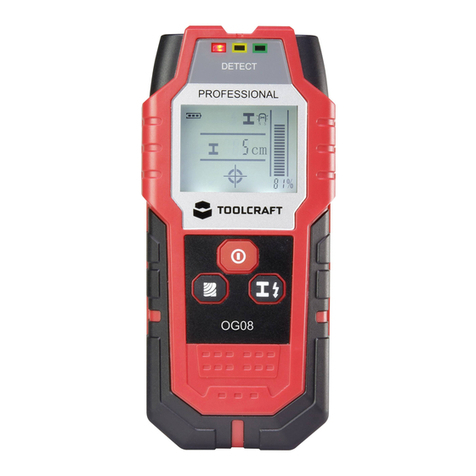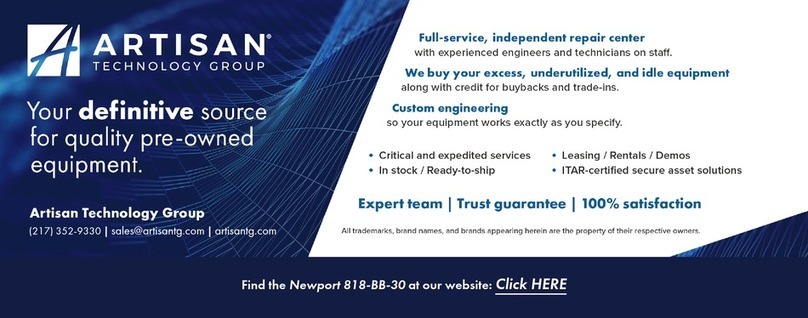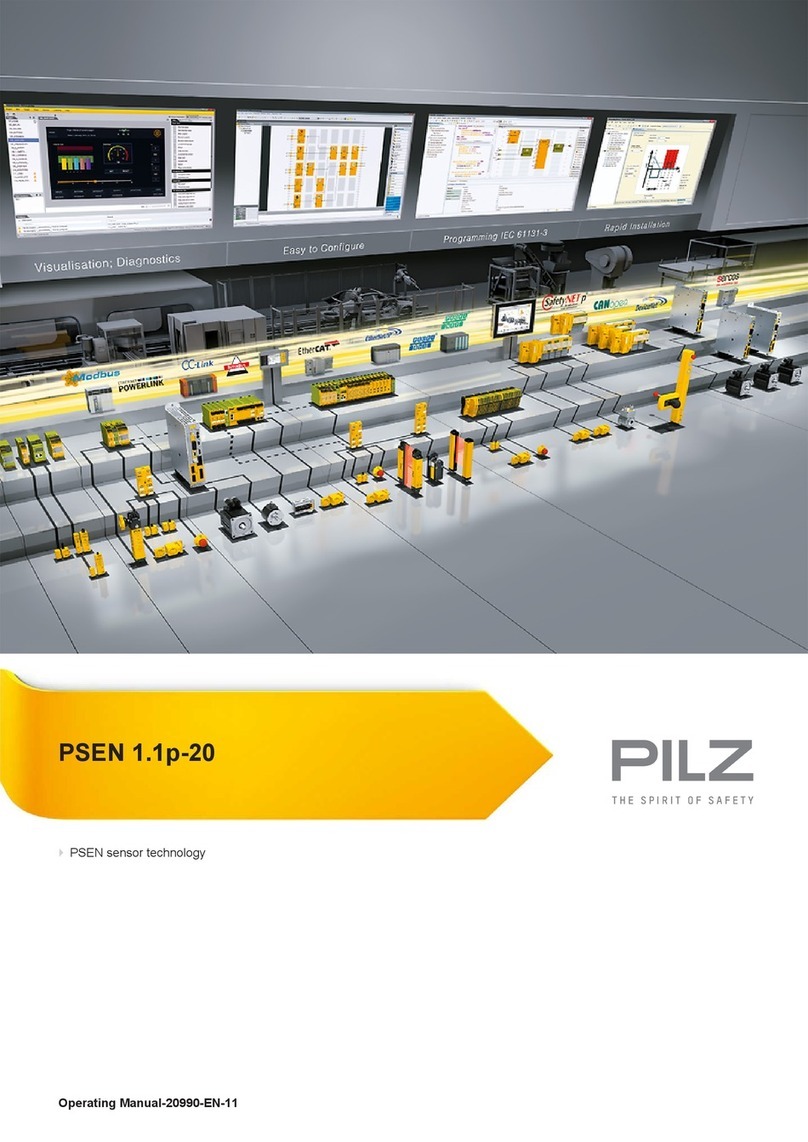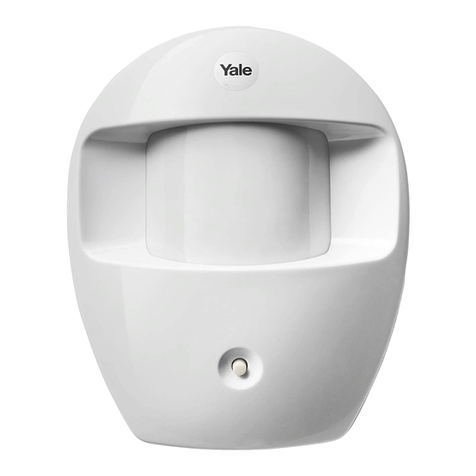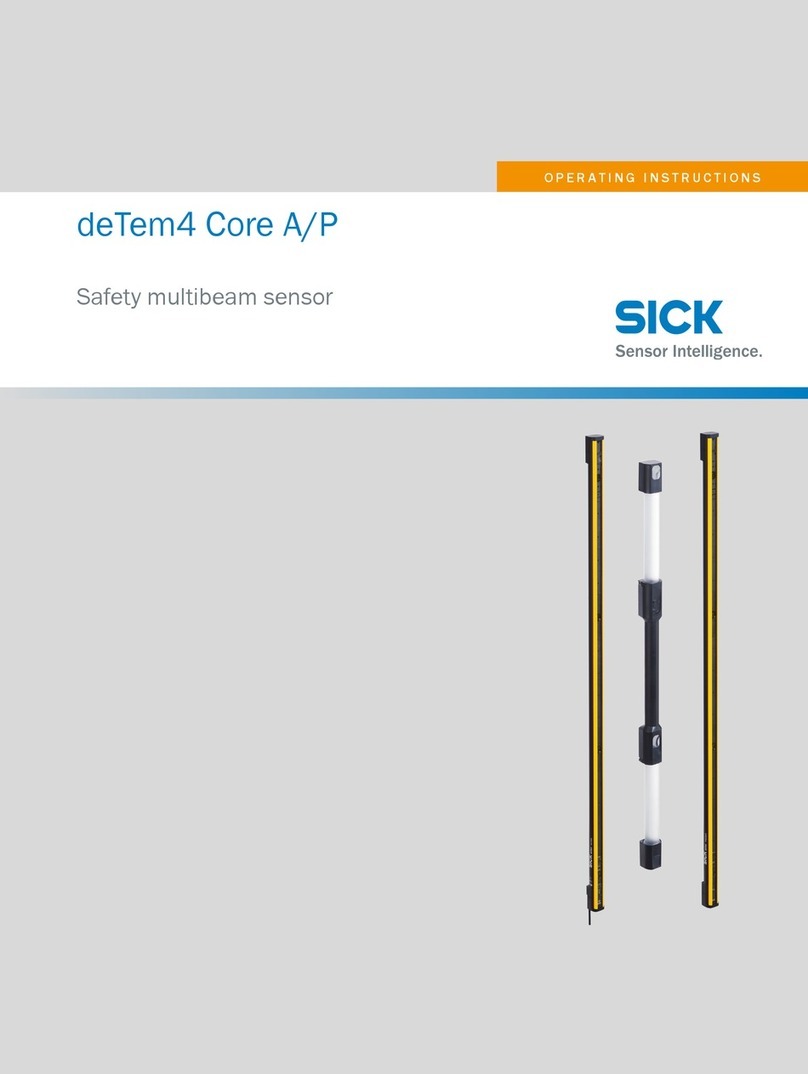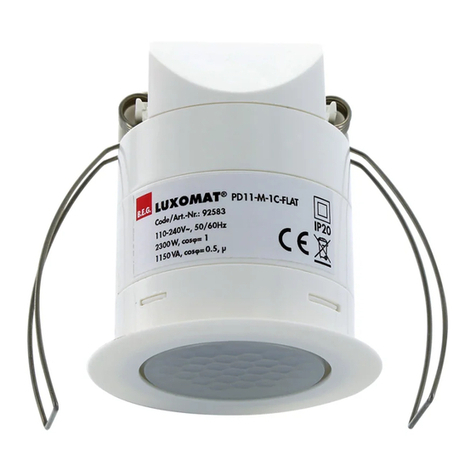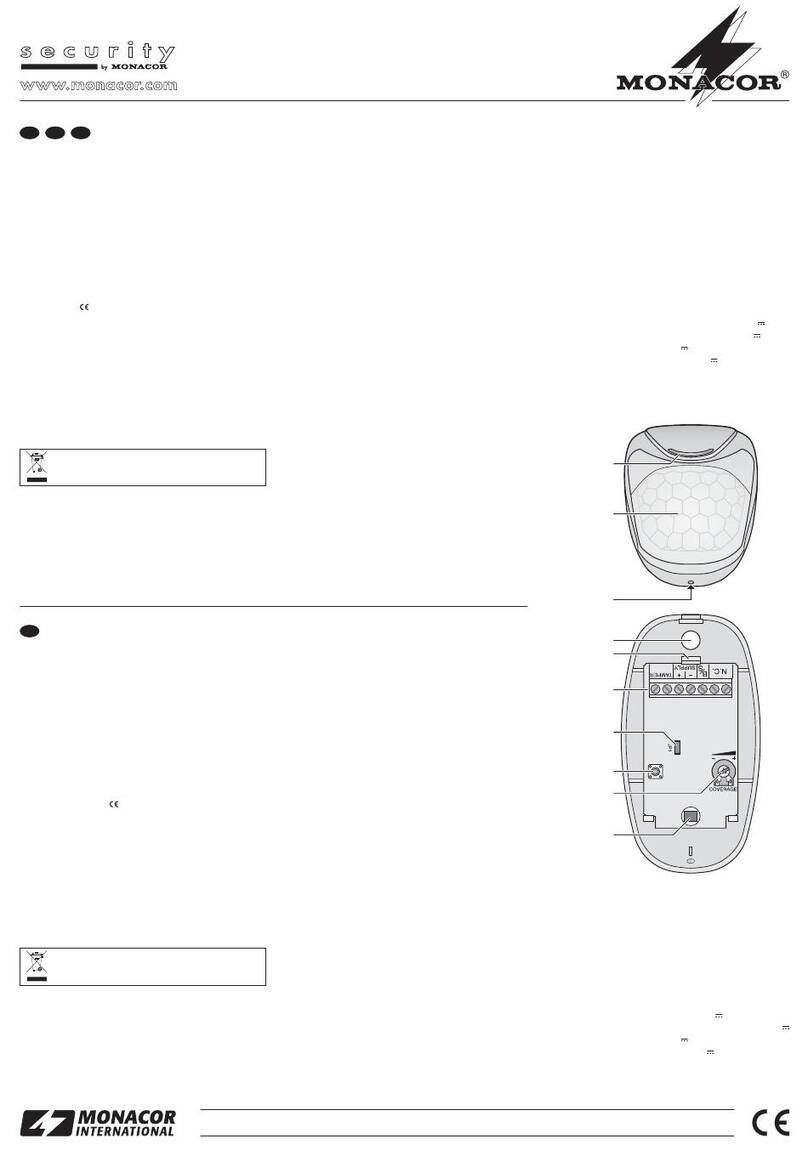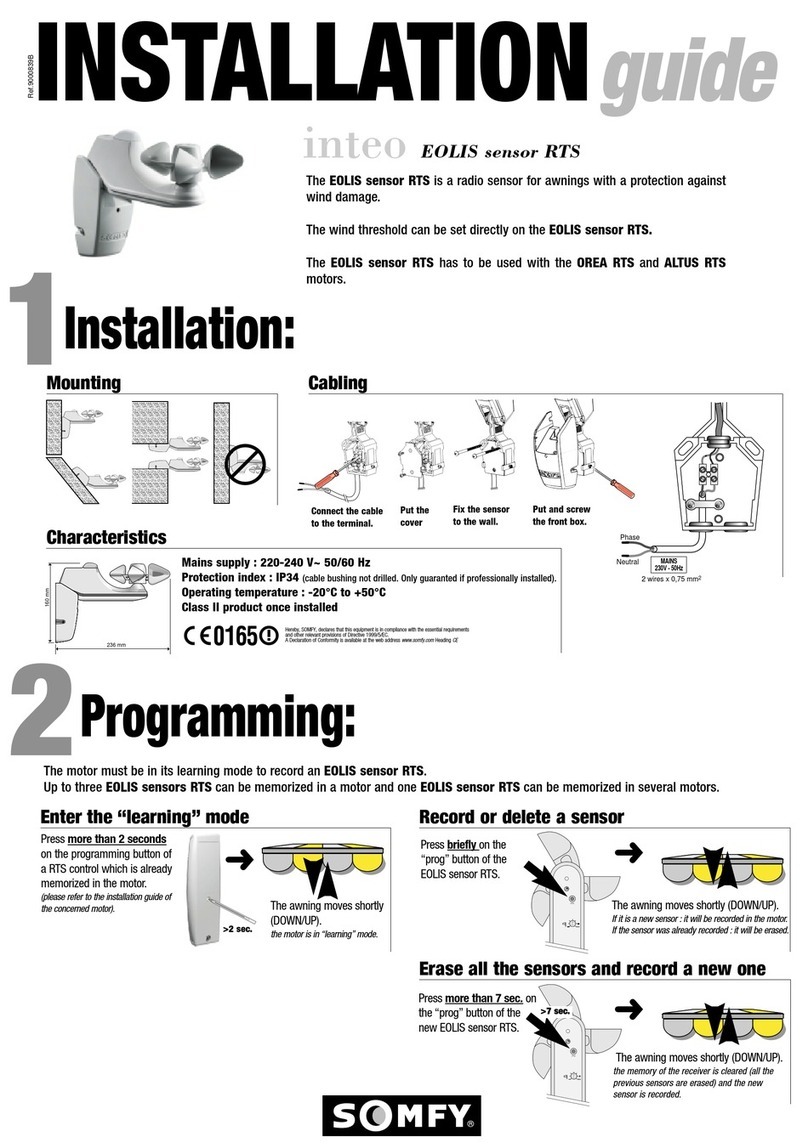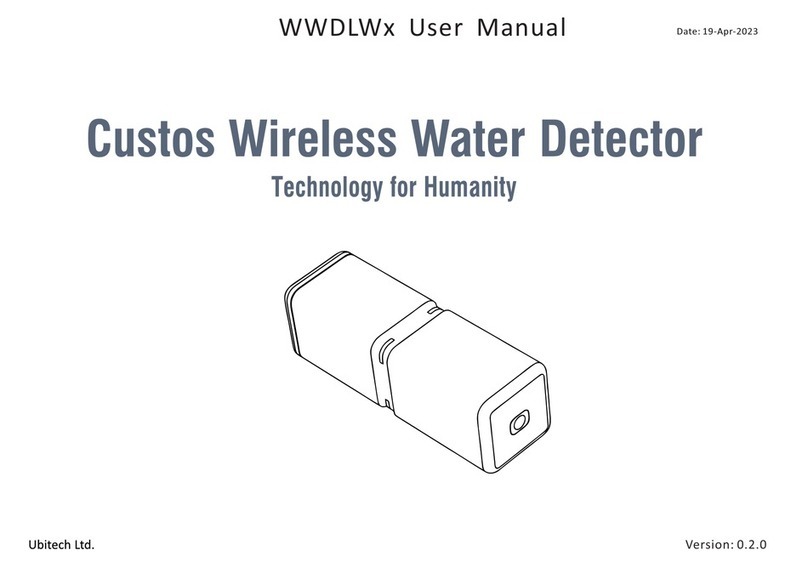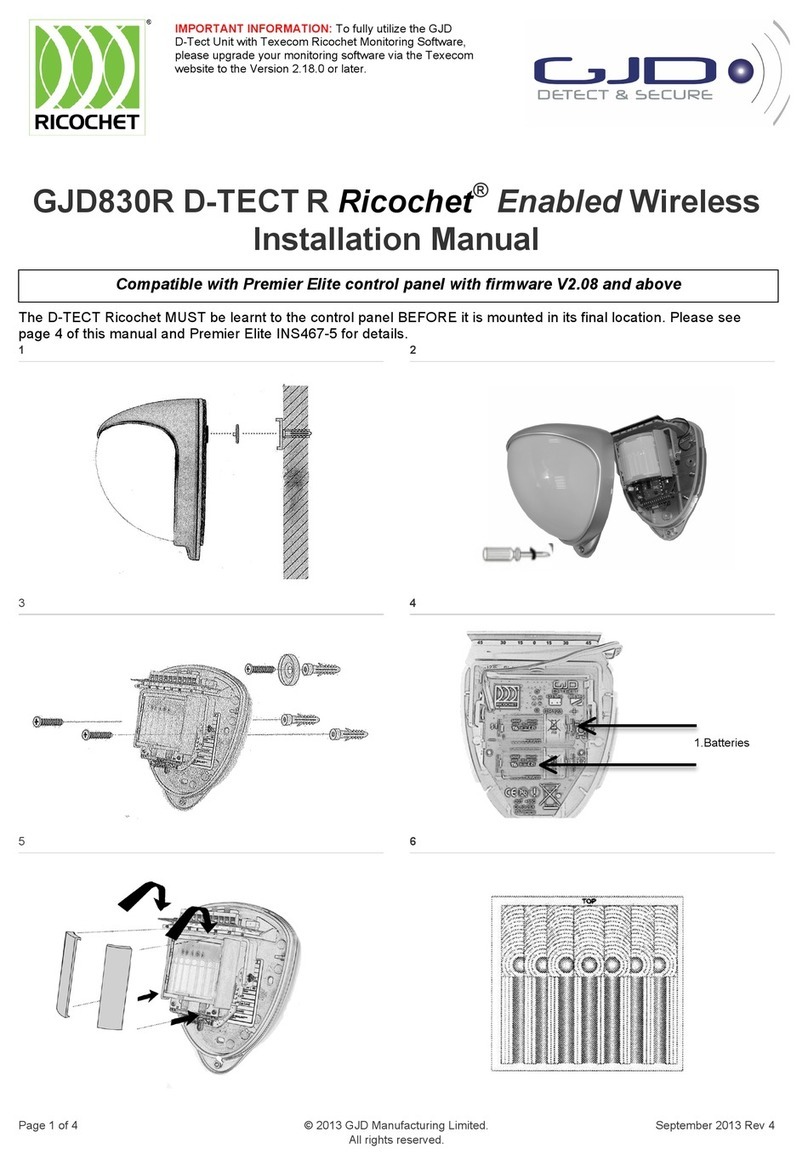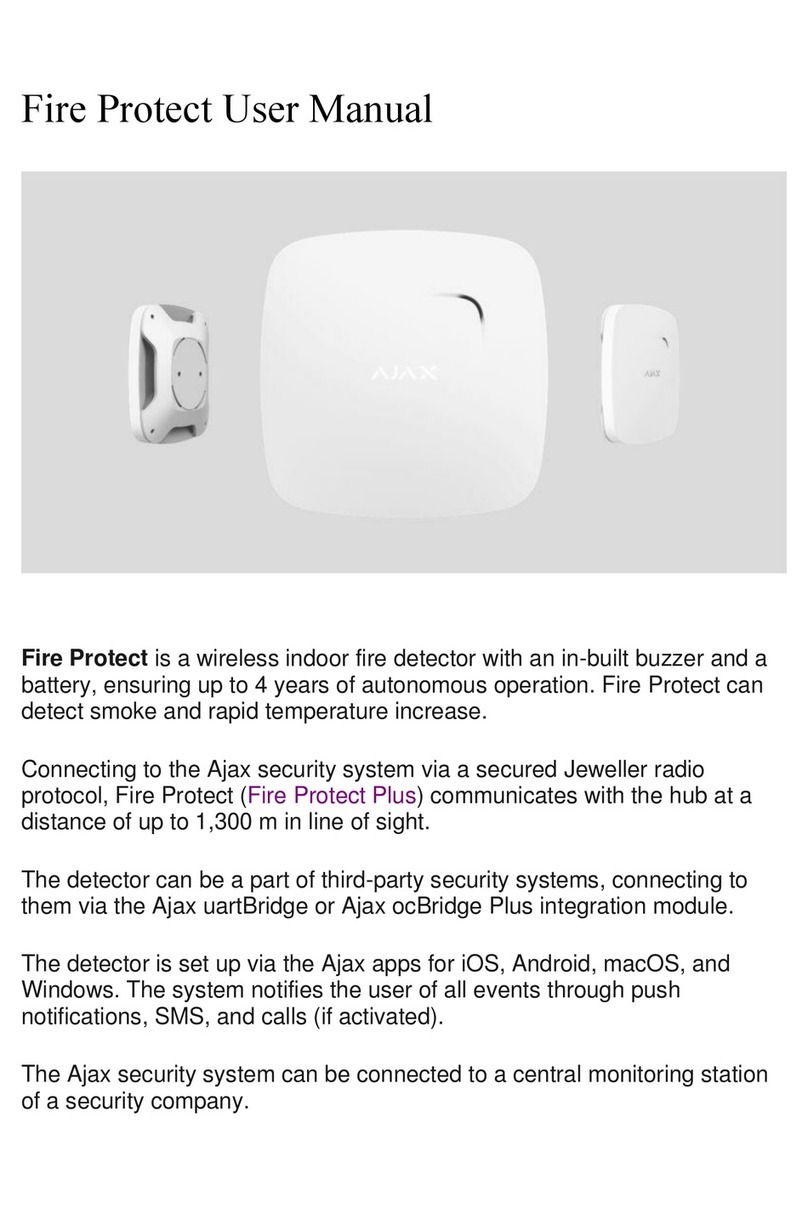IMMOOS SS1 oGB User manual

Operating instructions
1-person evacuation system
for fixed and detachable ropeways
The 1-person evacuation system is compatible with the self-driven carriage Type SS1
mGB / Typ SS1 oGB / Typ SS1 Twin mGB / Typ SS2 mGB.
Corresponds to the today‘s valid, European harmonized CEN standards and the regulation
(EU) 2016/424 „cableway installation“ and is additionally certified as subsystem
GA_EN_1-Personen_Bergungssystem_Rev3; Datum: 07/2018

2
Table of Contents
1. Important Information 3
2. Presentation of the equipment (1-person evacuation system) 4
2.1 Self-driven carriage equipment 4
2.2 Equipment for the rescuer on the rope 5
2.3 Lowering equipment 6
3. Preparation of the evacuation 7
3.1 Equipment rescuer (on cable) 7
3.2 Preparation of the IMMOOS self-driven carriage Type SS1 8
3.3 Preparing the lowering equipment 10
4. Evacuation Procedure 11
4.1 Ascending to the tower 11
4.2 Preparations on Platform 12
4.3 Travelling with the Self-driven Carriage Type SS1, Sloping Rope 13
4.4 Travelling with the Self-driven Carriage Type SS1, Flat Rope 14
4.5 Stopping at the Grip of a Cable Car Vehicle or Pulley Array 16
4.6 Moving the Self-driven Carriage at the Grip of the Cable Car Vehicle 16
4.7 Taking the Self-driven Carriage o the Rope 16
4.8 Descending to the passenger in the carrier 17
4.9 Descending to the passenger on the chair lift 18
4.10 Prepare the passengers for lowering 19
4.11 Lowering the passengers 20
4.12 Abseil lowering in shuttle mode 21
4.13 Ascent of the Rescuer on the Rope 22
5. Cleaning and Lubricating 23
6. Storage 23
7. Inspection / Maintenance / Repair 24
8. Longevity 24
9. Disclaimer 25
10. Documentation of the Annual Expert Inspection 26
11. Documentation of roping work 27

3
1. Important Information
Ropeways with hydraulic promotion rope tensioning arrangement have to be switched o before beginning of the eva-
cuation, in order to prevent a moving of the rope by the tensioning arrangement. Evacuation work within the endanger-
ment range of the rope may take place only after the disconnection was operated.
These operating instructions manual does not describe the usage of singular devices, but rather the entire IMMOOS
Evacuation System for chairlifts and gondolas. These operating instructions must be studied and obeyed by the salvage
personnel. Read these carefully and keep you all product, guidances and information.
Activities at high altitudes are dangerous and can lead to serious and even fatal injuries. It is solely your responsibility to
learn the user and safety precautions. Only medically appropriate persons are allowed.
Each evacuation team requires 2 members. (Rescuer on cable and saver on ground)
Only instructed and trained personnel may carry out the rescuing of persons with the IMMOOS Evacuation System.
Watch at the dangers of pinching and confiscating between rope and reels (especially in loose clothing or long hair).
The owner of the ropeway system is solely responsible for the training of the evacuation personnel. Obligatory training
repetition provides confidence to the evacuation personnel.
Before usage all devices and units must be visually inspected to ensure that the material used is functioning and comple-
te. All materials are to be checked on an annual basis according to EN 365.
The recovery system must always be kept in faultless condition and must be ready for use at any time. After a rescue, if
questions arise regarding the condition or function, return the parts involved to IMMOOS GmbH for repair and inspec-
tion. Defective parts must always be replaced.
It is forbidden to alter or modify, either totally or partially, the system’s original state.
During evacuation operations, the safety of the evacuation team should always be observe. During all procedures, the
Rescuer (on cable) must secure himself with at least 1 hook to dependable points (ladders, rails, platforms, ropes, etc.).
The rope shortener should be used to reduce the falling height to a minimum.
The IMMOOS Evacuation System may only be used with originally tested ropes. Delivery is exclusive over IMMOOS
GmbH.
As the danger of rope brake and rope deflection device warming, protective hand gear should be worn at all times duri-
ng usage.
The annual expert inquiries and the roping work are sequential to document!
The fall arrest device must fit to the rope on the tower (certified)!
The system have to be used only for the evacuation. Other use (for example material transports, etc) is not permitted.

4
2.1 Self-driven carriage equipment
2. Presentation of the equipment (1-person evacuation system)
Self-driven carriage equipment
1. IMMOOS self-driven carriage Type SS1 with (optional) manual drive (crank) and element for
cordless drill
2. Safety line with rope shortener Grillon with carabiner
3. Line ladder with carabiner and material bag

5
2.2 Equipment for the rescuer on the rope
Equipment for the rescuer on the rope
5. Full body harness
6. Safety line with rope shortener Grillon, aluminimum safety hook, screw link, carabiner and
ascender from grabbing the rope with carabiner
7. Shock absorber with integrated energy absorber, aluminium safety hook, triangular quick link
with plastic stay and carabiner
8. Fall arrest device
9. Gloves and helmet

6
2.3 Lowering equipment
Lowering equipment
10. IMMOOS rope deflection with fixing loop, aluminium safety hook and screw link
11. Descending rope, ø 9 mm with carabiner with eye
12. Rope clamlp with carabiner (optional)
13. Evacuation harness or evacuation triangle
14. Rope brake with carabiner
19. Fixing loop with carabiner
20. Material bag with fixing loop and carabiner

7
The rope needs to have two safety knots, in a distance
from 0.5 m of the end to avoid that the rope glides
through the self-braking descender.
3. Preparation of the evacuation
The function from unlocking the child safety device and from the door release control have to be
clairfied at the meeting point.
Preparations are to be made at the meeting point.
3.1 Equipment rescuer (on cable)
Putting on and adjusting the full body harness.
Parts may only be attached to the eyelets marked
for this purpose.
Fasten the safety line with rope shortener Grillon
at the ventral eyelet (according to EN 813).
Fasten the fall arrest device and the shock absor-
ber with integrated energy absorber (if available)
at the sternal eyelet (according to EN 361).
Tighten the gloves and helmet.

8
3.2 Preparation of the IMMOOS self-driven carriage Type SS1
Before starting the recue, the rope diameter (hoist cable or towing rope) must be determined
and the device must be adjusted accordingly using the ball lock pin.
Ball lock pin with
T-handle for adjustment of
the rope diameter

9
The „Operating instructions IMMOOS self-driven carriage Type SS1“ (GA_EN_Seilfahrgerät_
Typ_SS1) is an integral part of this operating instruction.
safety line with rope
shortener
Line ladder
Material bag
Manual drive (crank)
Element for cord-
less drill
Self-driven carriage Type
SS1
Motor

10
3.3 Preparing the lowering equipment
The „Operating instructions descender and ascender device type Stopbloc 2“ (GA_EN_Ab-Aufseilvor-
richtung_Typ_Stopbloc2) constitute an integral component of these operating instructions.
If a shuttle operation is intended, the second evacuation harness resp. evacuation triangle and the associated rope
clamb must be prepared.

11
4. Evacuation Procedure
4.1 Ascending to the tower
The rescuer (on cable) climbs to the tower.
Attach the fall arrest device to the wire rope.

12
The rescuer on the rope makes the preparations for driving on the hoist cable.
The hook of the shock absorber with integrated energy absorber (if existing) or the safety line is al-
ways attached to an appropriate place during every operation.
Remove a ball lock pin with T-handle so that
the lower part flips open and the device can be
mounted on the ropeway.
Tilt the device slightly until the lower part touches
the stop and the ball lock pin can be inserted
again.
Press brake lever downwards until the counter-
pressure roller is pressed onto the rope and then
lock the device with the dead-man's brake.
Attach safety line on the hoist cable and descend
from the platform using the climbing aid.
4.2 Preparations on Platform

13
The handbrake lever must be applied to the point that the counter-pressure roller is always pressing
against the hoisting cable and the roller rotates.
During the first action, the locking screw is screwed onto the counter-pressure roller, depending on the inclination of the
rope, to the point that the roller can rotate.
After that, the dead man's brake on the lever is pushed forward with the left hand to the point that the brake pad is just
over the rope (stranded rope).
The speed at the IMMOOS carriage typ mGB is regulated by the automatic centrifugal brake (max. approx. 1.8 m/s).
The speed at the IMMOOS cariage typ oGB is limited by the handbrake lever and the counter-pressure with turning
handle.
4.3 Travelling with the Self-driven Carriage Type SS1, Sloping Rope

14
Second hand crank for
simultaneous assembly left/
right (optional)
Battery-driven hand drill and special bolts
optional
Screw the locking screw on the counter-pressure roller to the point that the roller can rotate properly.
Insert hand cranks or battery-driven hand drill into a free opening of the roller axle.
Deadman‘s brake can be opened completely on flat rope spans.
You can move yourself to the blocked ropeway vehicle by turning the crank or operating the battery-powered hand drill.
The handbrake lever must be applied to the point that the counter-pressure roller is always pressing
against the hoisting cable and the roller rotates.
4.4 Travelling with the Self-driven Carriage Type SS1, Flat Rope

15
4-cycle motor drive for SS1
For more informationen please observe the „additional manual instruction for the 4-cycle motor drive
(GA_EN_Zusatz_SS1 mit Motor).

16
4.5 Stopping at the Grip of a Cable Car Vehicle or Pulley Array
4.7 Taking the Self-driven Carriage o the Rope
The hook of the safety line must be attached to a suitable place during every action.
Stop before the grip of the cable car vehicle.
Before the grip of the cable car or before the roller battery at the cable car tower, the speed is reduced by pulling the
hand brake lever.
The immediate stop takes place by taking the hand o the dead man’s brake.
The lever of the dead man's brake is folded away upwards.
The handbrake lever must be fully released.
To move the self-driven carriage over the grip of the cable car vehicle, the quick release pin with T-grip is pulled out from
the inner side of the grip.
The lower part of the self-driven carriage is swung away and the self-driven carriage is brought to the other side over
the stop pads and grip.
After that, the lower part is folded together and the suspension is locked with the quick release pin.
The rope grip is driven over when the device is open.
If the self-driven carriage is taken o the rope, the quick release pin with T-grip is pulled out from one side.
The lower part of the self-driven carriage is swung away and the self-driven carriage is removed from the rope.
4.6 Moving the Self-driven Carriage at the Grip of the Cable Car Vehicle

17
4.8 Descending to the passenger in the carrier
The rescuer climbs down to the passengers using the safety lanyard.
The IMMOOS Stopbloc rope deflector is hooked onto the pin of the guide roller (see detailed sketches).
Detailed sketches
Suspend hook di-
rectly from the pin
of the guide roller
or
suspend belt sling
between the two
If sharp edges are present, the safety line is hung underneath the rope clamp guide roller.

18
4.9 Descending to the passenger on the chair lift
The rescuer climbs down to the passengers using the safety line.
The safety line remains hooked to the carrier rope.

19
4.10 Prepare the passengers for lowering
During the whole preparation the chair‘s retaining bar remains closed.
The rescuer put the passenger the harness on The spezial rope is to pull under the chair‘s retaining
bar and to fasten at the evacuation harness
Check correct placement of the evacuation harness
(Take same collors together)
As an additional safeguard (if required), the evacuation harness can be used for all passengers which can be attached
with the webbing loop to the eyelet on the chair frame.
Securing of the passengers by means of webbing loop „Loop Vario“ (if required) hooked to the eyelets (if available) on
the backrest.

20
4.11 Lowering the passengers
With chairs: Open only the chair’s retaining bar to lowering
a passenger and close it immediately after a passenger is
o the chair
Feeding the special rope in the rope brake according the plan (See the pattern up on rope brake)
Before lowering, the special rope should be pulled taunt
The passengers have to sit completely back
This manual suits for next models
3
Table of contents
Other IMMOOS Security Sensor manuals
Popular Security Sensor manuals by other brands
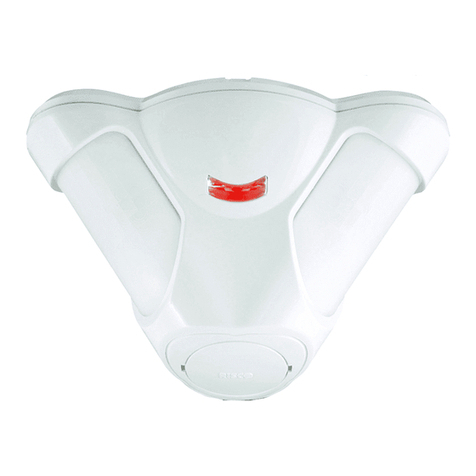
Risco
Risco iWISE QUAD AM Grade 3 installation guide
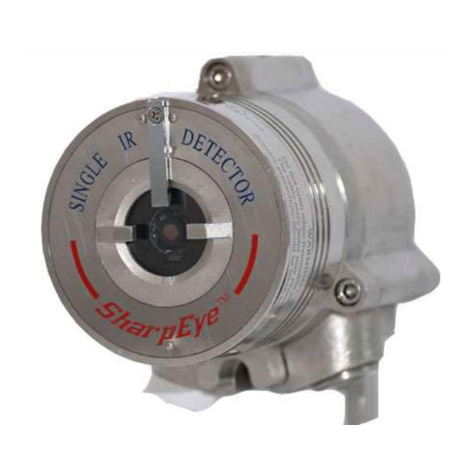
Spectrex
Spectrex SharpEye 40/40R user guide
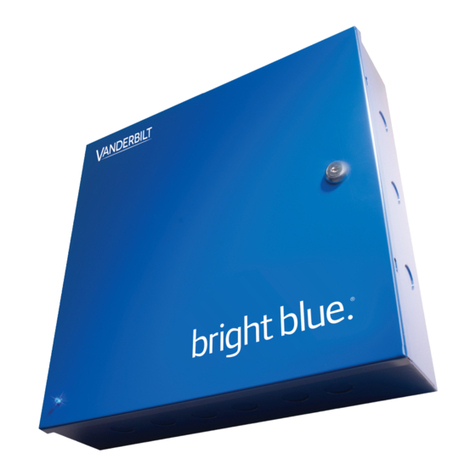
Vanderbilt
Vanderbilt bright blue manual
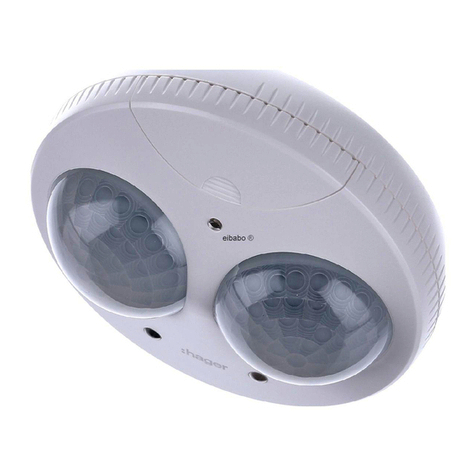
hager
hager TX510 Setup instructions
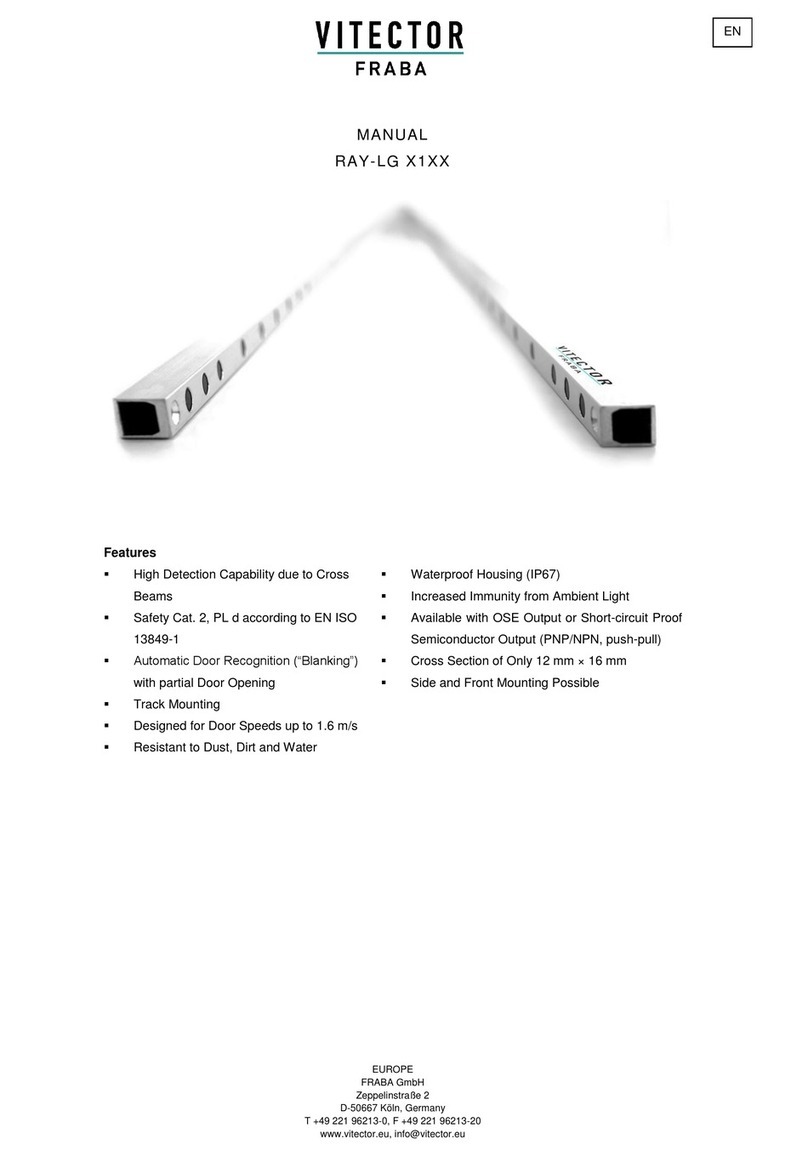
Fraba
Fraba Vitector RAY-LG Series manual
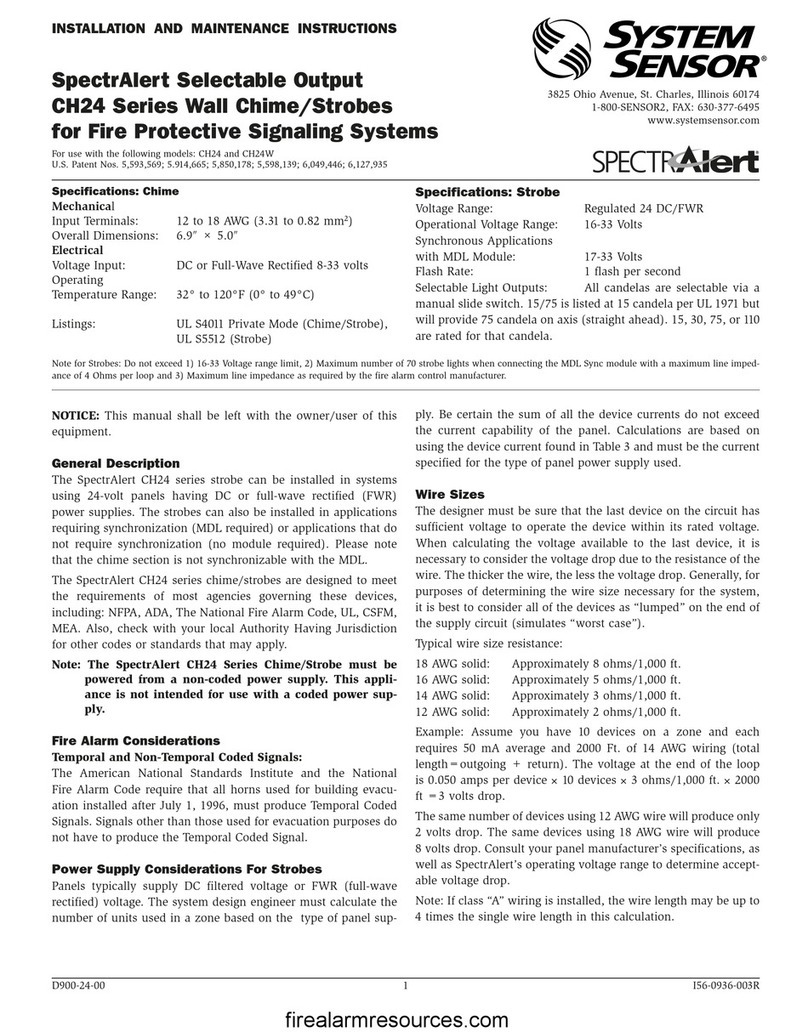
System Sensor
System Sensor SPECTRAlert CH24 Series Installation and maintenance instructions

